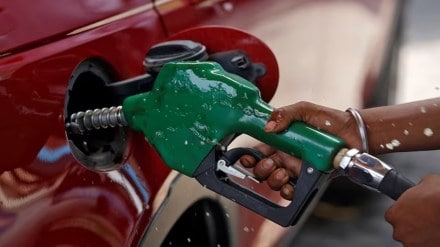A deep divide has emerged within the auto industry over the proposed Corporate Average Fuel Efficiency (CAFE) III norms, scheduled to take effect in April 2027. At the centre of the controversy is Maruti Suzuki’s appeal for relaxed emission standards for small cars, which has drawn opposition from rival manufacturers who want the government to stick to a uniform CO₂ target of 91.7 g/km across all passenger vehicles. While a single emission benchmark may appear equitable on paper, the shifting auto landscape, from small hatchbacks to heavier sport utility vehicles (SUVs) and compact SUVs, and even electric vehicles, suggests that a one-size-fits-all approach may not be viable in practice.
CAFE norms are essentially emission report cards that rate a carmaker’s entire fleet, not individual models. Smaller, lighter cars like the Maruti Alto naturally emit less CO₂ and have historically helped balance out emissions from larger, bulkier vehicles. However, CAFE III calculates targets based on vehicle weight. This weight-based approach allows high-emission, heavy vehicles more relaxed CO₂ thresholds while penalising lighter cars by subjecting them to disproportionately stricter standards. This threatens the viability of small, affordable cars.
Maruti Suzuki, which holds nearly 40.9% market share, has argued that this system disadvantages fuel-efficient, low-emission small cars. Chairman RC Bhargava has voiced concern over the affordability crisis in the small car segment, pointing out that sales have declined 35% between FY17 and FY25, while regulatory mandates have inflated prices. With only 12% of households earning above `12 lakh annually, rising costs risk pushing even entry-level vehicles out of reach. From Maruti’s perspective, the issue isn’t about sidestepping environmental obligations; it’s about ensuring that regulatory frameworks do not choke access to mobility for the average household.
Tata Motors, Mahindra & Mahindra, and Toyota are opposed to differentiated standards, maintaining that any relaxation undermines collective efforts to lower emissions. Yet this disagreement shows deeper self-interest. While these companies are against concessions for small cars, some are simultaneously urging for leniency in categories like light commercial vehicles, citing affordability for small enterprises. Thus, each manufacturer is effectively protecting its market stronghold under the guise of fairness or sustainability.
Moreover, the argument for strict uniformity appears inconsistent when seen in light of existing tax structures. The goods and services tax system already applies differentiated rates depending on a vehicle’s size, fuel type, and features. A similar tiered logic could sensibly be extended to emission standards as well. This would be in line with global practices. Major auto markets like the US, China, Japan, Korea, and Europe offer regulatory protection for small, lightweight cars under their CAFE frameworks, recognising their environmental and socio-economic benefits.
Past compliance records add further nuance. While CAFE I (2017-2022) was easily met due to the then dominant presence of small cars and relatively relaxed targets, CAFE II (2022-2027) has proven more challenging, especially as SUVs gained ground. Reports indicate that at least eight manufacturers exceeded the 113 g/km limit in FY23. CAFE III’s stricter benchmarks thus come at a time when industry dynamics are increasingly skewed toward heavier vehicles. A rigid application of standards across segments risks making car ownership a luxury. The government must, therefore, act as a mediator and design a flexible framework that should include differentiated targets, segment-wise adjustments, or weighted credit systems. The path forward must balance environmental responsibility with equitable access to mobility, ensuring that regulation serves progress, rather than some illusory uniformity.
